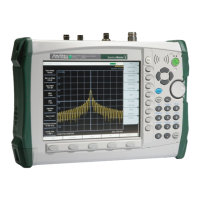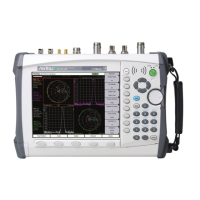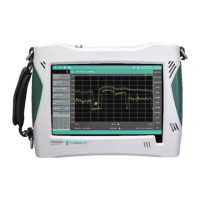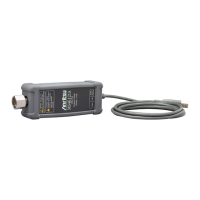S331L UG PN: 10580-00321 Rev. M B-7
Glossary of Terms B-2 Glossary Terms
DVB-H : Digital Video Broadcasting - Handheld (DVB-H) is
a technical specification for bringing broadcast
services to handheld receivers and was formally
adopted as ETSI standard EN 302 304 in
November, 2004. The major competitor of this
technology is DMB (Digital Multimedia
Broadcasting).
DVB-S : Digital Video Broadcasting-Satellite (DVB-S) is
the original Digital Video Broadcasting (DVB)
forward error coding and modulation standard for
satellite television and dates from 1995. It is used
via satellites serving every continent of the world.
DVB-S is used in both MCPC and SCPC modes for
broadcast network feeds, as well as for direct
broadcast satellite services like Sky TV (UK) via
Astra in Europe, Dish Network in the U.S., and
Bell ExpressVu in Canada. The transport stream
delivered by DVB-S is mandated as MPEG-2.
DVB-T : Digital Video Broadcasting - Terrestrial (DVB-T)
is the DVB European consortium standard for the
broadcast transmission of digital terrestrial
television. This system transmits a compressed
digital audio/video stream, using OFDM
modulation with concatenated channel coding
(COFDM). The adopted source coding methods are
MPEG-2 and, more recently, H.264.
FFT : Fast Fourier Transform (FFT) is an efficient
algorithm to compute the Discrete Fourier
transform (DFT) and its inverse. FFTs are of great
importance to a wide variety of applications, from
digital signal processing to solving partial
differential equations to algorithms for quickly
multiplying large integers.
FM : Frequency Modulation (FM) is a form of angle
modulation in which the instantaneous frequency
of a sine-wave carrier is caused to depart from the
carrier frequency by an amount proportional to
the instantaneous value of the modulating wave.
In FM, signals of different frequencies represent
different data values.
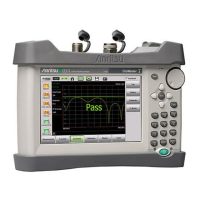
